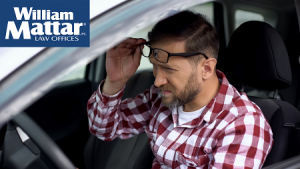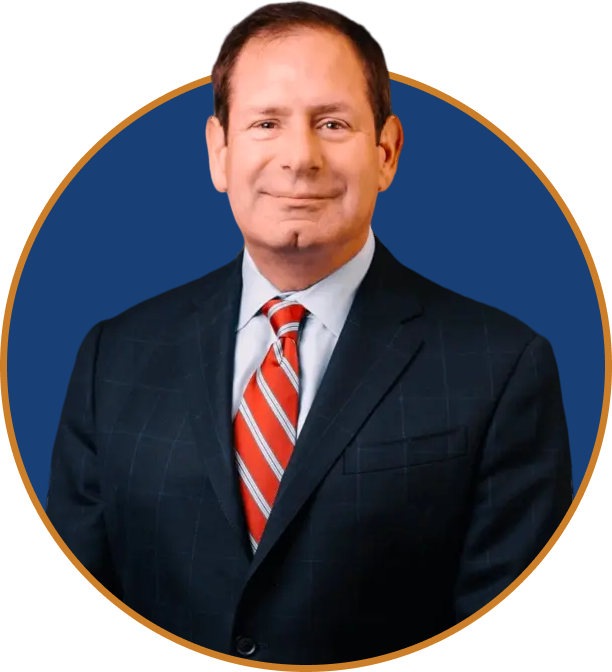I was injured in a car accident, and the at-fault driver was not wearing his or her glasses
 After a car accident, it is not unusual for involved drivers to exchange information, including copies of their driver licenses. New York driver licenses contain information about license restrictions for drivers, which can include corrective lenses; telescopic lenses; and daylight driving only.
After a car accident, it is not unusual for involved drivers to exchange information, including copies of their driver licenses. New York driver licenses contain information about license restrictions for drivers, which can include corrective lenses; telescopic lenses; and daylight driving only.
According to the DMV, a driver who needs eyeglasses or contact lenses to pass a vision test must have the corrective lenses restriction. The restriction is located on the back of the license card. It reads as: “Restrictions: B. Corrective Lenses.”
What if the at-fault motorist was not wearing eyeglasses at the time of the crash, and has this restriction listed on the back of their license card? Will this affect your bodily injury claim against the at-fault motorist?
Reasonable Care and Corrective Lenses
New York motorists have a duty to use reasonable care while traveling on public roadways. Courts have held that this duty of reasonable care requires motorists to see what is there to be seen. In the words of the Appellate Division, Fourth Department, “it is well settled that drivers have a duty to see what should be seen and to exercise reasonable care under the circumstances to avoid an accident.” Along the same lines, New York Vehicle and Traffic Law 509(3) states that “[w]henever a permit or license is required to operate a motor vehicle, no person shall operate any motor vehicle in violation of any restriction contained on, or applicable to, the permit or license.”
This means it is unlawful to operate a motor vehicle without corrective lenses if your license has a corrective lens restriction.
Corrective Lens Restrictions and Negligence
In Dalal v City of New York, the at-fault motorist was not wearing corrective lenses, in violation of the restriction. The Appellate Division, First Department found that the jury could have determined that the driver’s failure to wear corrective lenses was in violation of a license restriction and a statute could be negligence per se, which means that fact alone could support a finding of negligence. This holding is consistent with the longstanding principle that an unexcused violation of a statute can support a finding of negligence.
How to know if the at-fault motorist had a restricted license
Even if you did not have an opportunity to review the back of the at-fault motorist’s license card to see if he or she had a restricted license, the police accident report should state whether any involved motorists had restricted licenses.
A car accident attorney can help you review the police accident report to see if the at-fault motorist had a restricted license. An attorney can also perform an independent investigation into this matter on your behalf. If an attorney can establish a claim of negligence, you will be well on your way to establishing liability and achieving a financial recovery.
Hurt in a Car? Call William Mattar.
After a car accident, our injury attorneys can help you identify all potential theories of liability against the at-fault motorist. Our car accident attorneys at William Mattar law offices have extensive experience identifying potential theories of liability so you can achieve maximum compensation. If you were injured in a car accident and suspect the at-fault motorist was driving in violation of a restricted license, please do not hesitate to give us a call at (844) 444-4444.

















